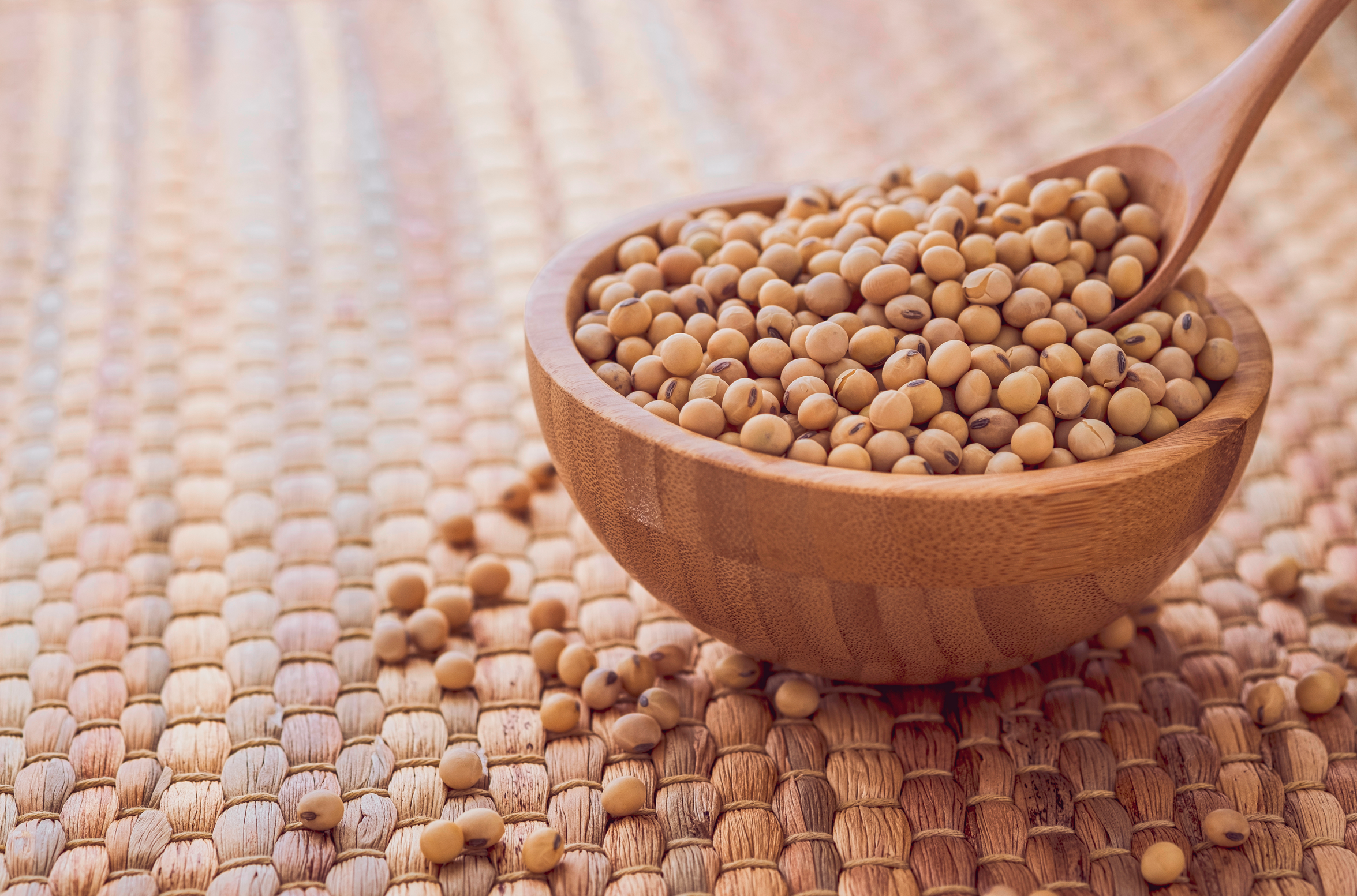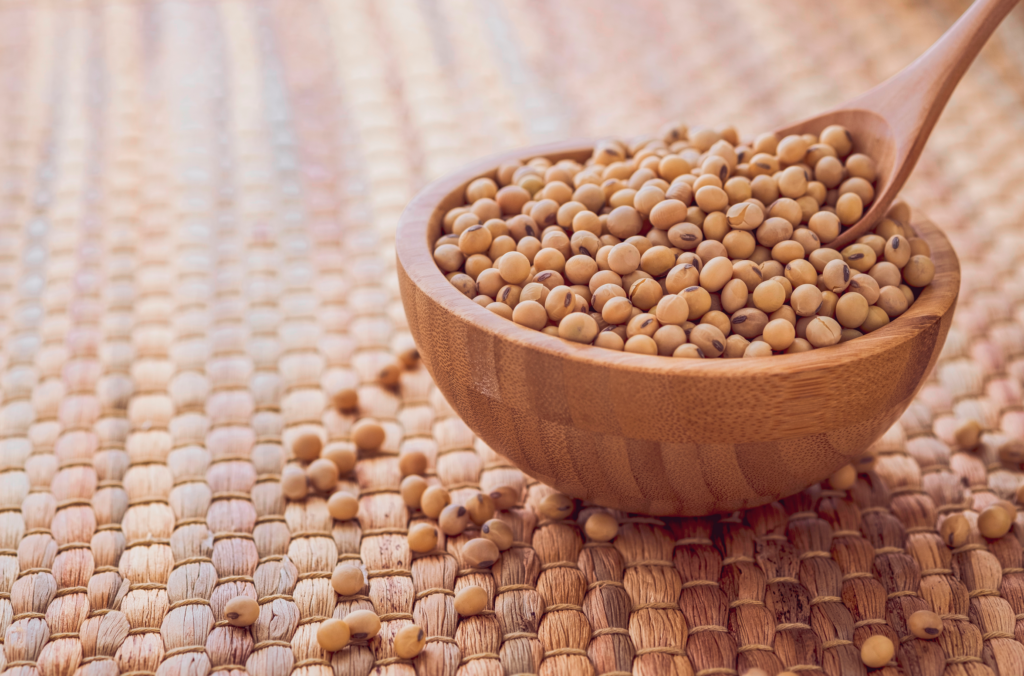
Image: Adobe Stock
With the rains of recent weeks, the next crop conditions report may see an increase in good/excellent crop conditions. Climate forecasts still show rain in the agricultural belt for this week, partially corroborating the USDA's decision to maintain oilseed productivity, in the latest report.
According to Grão Direto specialist, Ruan Sene, the scenario is still uncertain in relation to the North American economy, as inflation has been growing along with a decrease in the unemployment rate, according to the Payroll report. This week, the corporate balance sheet release season will begin in the United States, and they will be important for defining the country's economic horizon. If the balance sheets turn positive, it could be a decisive factor for the FED to take into account when defining the direction of interest rates in the country.
{module Form RD}
Soy has a positive correlation with oil, therefore, soy follows the movements made by oil. Seasonally, oil is coming to the end of its high period, starting in August the high seasonality, which can, and probably will, put downward pressure on soybean prices.
The market projection is that there will be an increase from 4.5% to 7.3% in China's annual GDP. The drop in global demand for grains has affected prices and production in the United States, opening space for Brazil to dominate the second half of the year's export window.
Producers are still cautious about sales. Brazilian producers have been storing grains waiting for better prices due to the super harvest in the country, and low Chinese demand could lead to the origination of the oilseed in Brazil in the second half of the year. Although this has not been common historically, it can provide business opportunities for producers with available soybeans. However, Brazilian logistics will be focused on corn cultivation in the coming weeks, which could be an obstacle to this opportunity.
The expert also highlights that, given the facts presented, soybeans in Chicago could have a positive week, resulting in price appreciation in the Brazilian domestic market.
Source: Aline Merladete | agrolink
{module Read Also}













